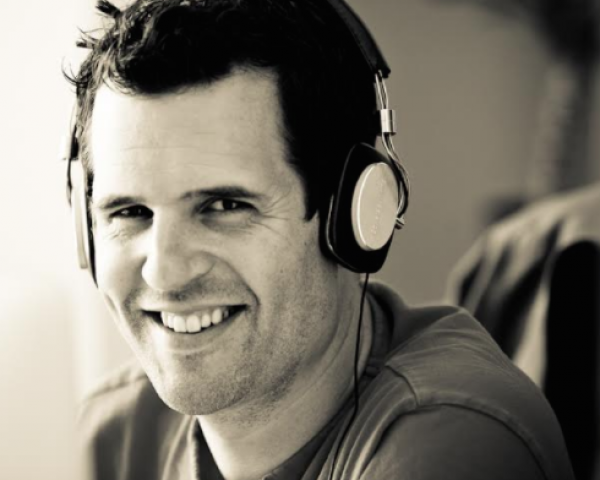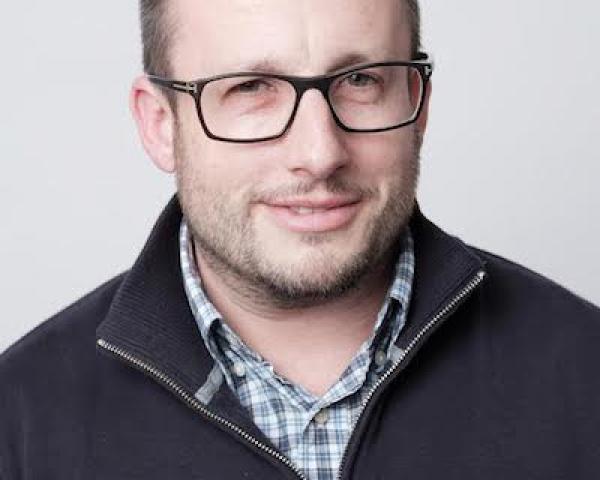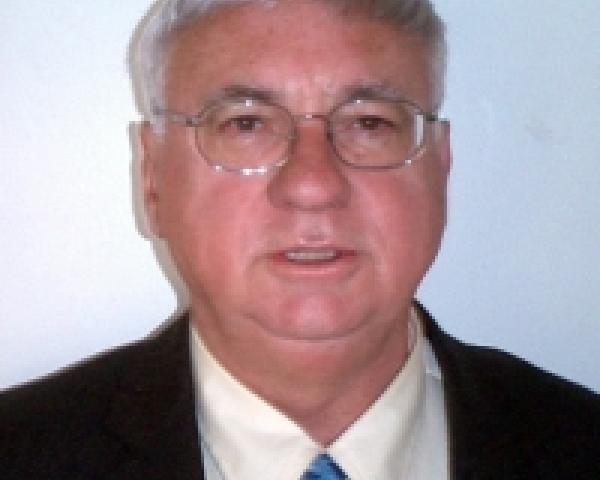In a meticulously planned operation, we filed for a license in 47 states simultaneously. We’ll be revealing the first states in which Lemonade will become available in a couple of months. One thing’s for certain, 2017 is going to be an interesting ride! Stay up to date with news about our progress here…
Now that I got this off my chest, I can add some color to why we’re doing this.
Many tech startups go through the famous Local vs. Global debate as they start to plan a market penetration strategy. This dilemma was born with the arrival of modern internet commerce and became even more prevalent with the emergence of SaaS companies that provide global coverage right out of the box.
When you’re selling a digital product, going global may seem like small overhead. Reality is a bit different, though, and, more often than not, small startups that take a bigger bite than they can swallow get into trouble.
When feasible, startups should consider aiming their launch beams at a single city or even a town with population that represents their typical customer.
Here’s why:
1. Know thy users, and design for them
It always amazes me how often startups overlook usability testing during the initial design phase. Having videos of random people playing with your (barely working) mockup is priceless. We learned more in a couple of days of testing than we did in months working in our office.
The cool thing is that you only need about five testers to get value out of a session like that, so there’s really no excuse to not doing it. The smaller the area you launch in, the better the chance of getting valuable data in a user testing session.

We spent hours in WeWork and Starbucks with our early stage, smoke-and-mirrors version of the Lemonade app. We would show it to people, ask for their feedback, ask them some questions and record the entire session. We would then sit in the office and analyze the videos to figure out what worked and what didn’t.
Our early Starbucks user testing sessions allowed us to launch a relatively mature product into the market and achieve faster adoption by our New York customers.
See also: Let’s Make Lemons Out of Lemonade
2. Budget
Product launches require spending some money. To improve the chances of success, it is recommended to fuel the organic interest generated by social noise and PR efforts with some paid channels. Got a story in TechCrunch? Bloomberg? It will probably die down quicker than you think.
A nice trick is to use content recommendation tools like Outbrain and Taboola to promote content to users who may be interested in it. Google Ads are another obvious choice. Choosing the right outlets is one thing, but there’s a huge difference in costs between a global campaign and a local one.
This becomes much more dramatic when your company requires additional resources to operate in each region like Groupon and Uber. Lemonade recently closed its third round of financing ($60 million in one year of operation) from top VCs such as Google Ventures, General Catalyst, Thrive, Sequoia, Aleph and XL Innovate. We’re going to use this money to drive our expansion throughout the country and activate specific markets the way we did in New York.
3. Surgical use of media coverage
Getting great media coverage takes a lot of attention and time. Whether you can afford an agency or not, you’ll have to choose your battles well. Launching in a specific city allows you to focus on the outlets that are most relevant and will simplify your pitch to journalists.
If you’re creating something exclusive for a certain region, reporters who cover that region usually have a hunger for tech stuff that is happening, or launching in their hometown before everywhere else. BTW, there’s a case for launching in unexpected places like Portland or Philadelphia, which usually don’t get much attention from the tech and consumer industry for new products. There’s a good chance that media reach (which expands far beyond just the place you’re starting from) will be much stronger.
We chose New York for Lemonade’s home. We see NY’ers as an ideal representation of our target demographic and personality. So we invested our efforts in a select few outlets that are read by our first wave of early adopters of the city’s financial workers and young professionals — NY Post, Bloomberg and Wall Street Journal.
4 . Brand and messaging
Building a great brand involves a lot of consumer psychology. You spend weeks trying to figure out the best tagline, the perfect ad and the right illustrator to do your art. If you get this right, you have a real chance at grabbing your customers’ attention.
The first few months of brand activation are critical. Limiting yourself to a select region or demographic allows you to be laser-focused on framing and positioning.

Lemonade Local
Building an insurance company from scratch, in New York, one of the toughest regulatory environments in the country, is a huge undertaking. The sheer complexity and investment required to get to the starting point includes raising a lot of capital and hiring the right people to be able to get licensed by the state’s Department of Financial Services.
This is the life of a company that operates in a highly regulated industry, and it’s unlike anything I’ve ever seen in the tech space. For Daniel and me, the decision to start in one state was simple. There’s no other way. Insurance carriers have to choose a state. Just one. And then maybe, if you play nice, regulators will let you go for more.
We wanted to launch Lemonade in one state — NY, and even more so when we realized we had no choice :)
See also: Lemonade: A Whole New Paradigm
In the last three months since our New York launch, we’ve had overwhelming demand coming in from all over the country to open up for business in more states. This was very encouraging because it showed us hints of initial demand and product market fit to people and age groups that we never thought would be our early adopters.

But what surprised us most was the excitement coming from unexpected places, such as government offices and regulators. Having a favorable regulatory environment is a great opportunity to bring an honest, affordable, transparent and fun insurance experience to everyone in the U.S.!
Be the first to know how we’re making progress with our nationwide expansion.
Here’s the list of states where we will gradually launch in the coming year or so:
Alabama, Alaska, Arizona, Arkansas, California, Colorado, Connecticut, Delaware, District of Columbia, Florida, Georgia, Hawaii, Idaho, Illinois Indiana, Iowa, Kansas, Kentucky, Louisiana, Maine, Maryland, Massachusetts, Michigan, Minnesota, Missouri, Montana Nebraska, Nevada, New Hampshire, New Jersey, New Mexico, North Carolina, North Dakota, Ohio, Oklahoma, Oregon, Pennsylvania Rhode Island, South Carolina, South Dakota, Tennessee, Texas, Utah, Vermont, Virginia, West Virginia, Wisconsin
* States in bold represent the ones most requests to launch came from
This article originally appeared here, and you can find more about Lemonade here.





























